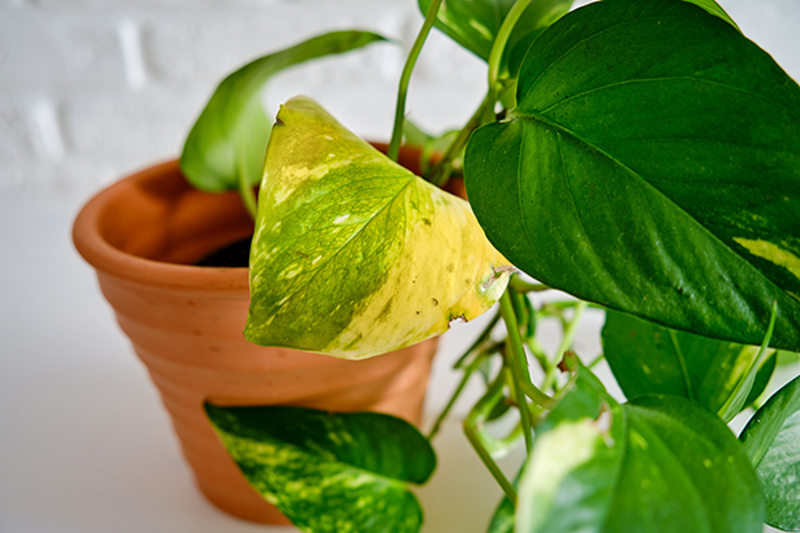Yates Account
Join now
Create a Yates account today!
Sign up to join the Yates Garden Club for monthly e-mails packed with seasonal inspiration, tips for success & exclusive promotions.
Plus if you’re a Garden Club member you can take part in the Yates Growing Community - a blog to share successes, get advice & win prizes in fun challenges along the way!

Forgot password
Enter the email address associated with your account, and we'll email you a new password.

If your plant's looking sad and not its usual perky self, think back to the last time you fed it. Plants need balanced nutrition to maintain their wellbeing. We often hear from gardeners who've noticed a decline in a plants health; this is most commonly due to insufficient nutrients.
Technically, fertilisers are materials (either organic or inorganic in origin) that supply nutrients to plants. The three major ingredients (macronutrients) in plant food are nitrogen (N), phosphorus (P) and potassium (K). Nitrogen is extremely important for leaf growth; phosphorus promotes development of roots, flowers and seeds or fruit and potassium is necessary for the growth of strong stems and the movement of water in plants, in addition to promoting flowering and fruiting.
Most inorganic garden fertilisers combine these three major elements with secondary nutrients (micronutrients) and trace elements, in a balanced form. They are known as N.P.K. mixtures. Some of the mixtures are higher in nitrogen while others contain a greater proportion of phosphorus or potassium, depending on the intended purpose. For example, a fertiliser with an N.P.K. mix of 5:7:4 is high in phosphorus and therefore good for root vegetables, flowers, fruits, woody shrubs, roses, canes, citrus, sweet corn and legumes. A nitrogen-rich mixture of N.P.K. 10:4:6, is better for leaf and stem vegetables (cabbage, lettuce, celery, rhubarb, etc.), leafy shrubs and foliage plants.
Organic fertilisers include manures and animal and vegetable byproducts, such as blood and bone and cow manure. These contain smaller amounts of the major plant foods, so they need to be added to the soil in greater quantities. Because they often contain a large proportion of fibrous material they're good for building and improving soil structure and texture, especially in sandy soils. Because organic manures are broken down by bacteria they release their nutrients slowly over a long period. As with inorganic fertilisers, some, such as chicken manure, are high in nitrogen while others, like blood and bone, contain more phosphorus. The best results in the garden come from using a mixture of both organic and inorganic fertilisers.
SOME DON’TS
- Don’t apply any fertiliser until you've read the directions carefully.
- Don’t try to apply one or two year’s supply of fertiliser at one time to speed up growth. It's far better to provide little and often; a heavy application will do more harm than good.
- Don’t fertilise into dry soils. To avoid damage to roots, make sure that the soil is moist, by soaking it before and after the application.
- Don’t apply fertiliser to a lawn and then forget to water it in thoroughly, especially in hot weather. It's inevitable that leaf burn will occur in this situation, with pretty disastrous results.
- Don’t fertilise ferns and other delicate plants with strong fertilisers. Use gentle organic based fertilisers, such as fish emulsion or blood and bone.
- Don’t regularly fertilise lawns with sulphate of ammonia, as it encourages excessive top growth - but it reduces root development and eventually creates a weaker lawn. It also alters the soil pH level towards acid conditions. Apply sulphate of ammonia only occasionally, supplementing with follow-up applications of a complete lawn fertiliser, like Yates Dynamic Lifter Lawn Food.













Share
Share this article on social media